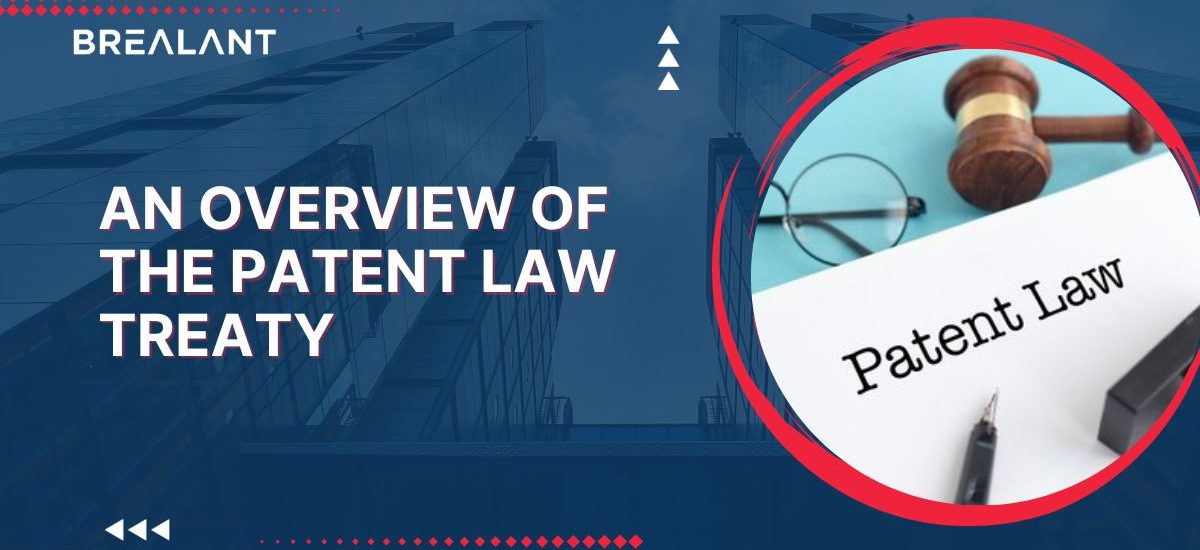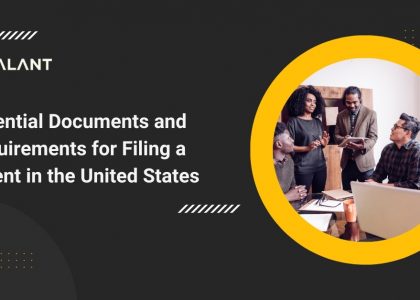A patent from the USPTO (United States Patent and Trademark Office) grants the inventor exclusive rights to his inventions. It prevents any other person or organization from using or modifying them without permission. The validity, requirements, and filing costs may vary according to the type of patent you choose. Especially when you are looking to register a patent with multiple countries, the requirements would be more complex and involves a tedious process. This is where the significance of the Patent Law Treaty (PLT) lies. Let us learn more about the PLT and its changes to the patent law.
What is the Patent Law Treaty (PLT)?
The Patent Law Treaty is an international treaty adopted by the WIPO (World Intellectual Property Organization) on June 1, 2000, to simplify the procedures and complexities associated with patent registrations. It was enforced into the US law on April 28, 2005. Before the PLT came into existence, registering patents in multiple countries was a big deal. Therefore, PLT has been signed in order to minimize the requirements and simplify the process of global patenting. In addition to that, PLT has made some changes to the patenting system to make the patent registration processes more effective, as listed below:
- Reducing Requirements for Patent Registration
After the implementation of PLT, the requirements for registering a patent in the US and other countries have been greatly minimized. The Treaty also reduced the complexity of formal procedures and costs associated with the patent application, making it easier for the inventors to file a patent for their invention in multiple countries. Because of these modifications, even small firms looking to protect their inventions can now effectively register patents with these simplified requirements and application costs.
- Filing Dates of the Patent Applications
The PLT has also made some changes in the provision of filing dates to the applicant. If the patent application has the required documents and contains information about the applicant and the invention’s description, the applicant can obtain a filing date for his patent application. This way, the patent filing date can be easily obtained, and the loss of the filing date can be avoided.
- Filing a Patent by Reference
If you have your patent already registered with the USPTO and looking to file another patent with some changes, you can do that by referring to the previously registered one. Within three months from the filing date, the applicants are required to submit the drawings and specifications.
- Electronic Patent Filings
The Patent Law Treaty enabled the electronic system of patent filings. In some patent offices, patent registration can be done by both paper filing and electronic filing. However, in some offices, only electronic filing is followed for registration, and paper communication is only available for presenting their queries about filing dates and more. Also, the PLT has mandated that the patent offices must communicate with the applicants when they find their applications noncompliant with the requirements.
- Revival of Abandoned Patent Applications
If an applicant failed to pay the maintenance fees on time, his patent applications would be abandoned. The PLT made changes to this by giving a chance to the applicants to revive their abandoned applications only if they have failed to pay the fees unintentionally. It extended the payment date in such cases, enabling the applications to go through reexamination.
Patent Law Treaty Act and its Two Stages
Since the Patent Law Treaty has made patent registrations easier by adopting numerous changes to the patent laws, it is essential for us to know about the two stages of the PLT Act. They are listed and explained below:
- Hague Design Treaty: The Hague Design Treaty has about 60 countries as its members. Because of this Treaty, one can register a patent in the US and request the registration of a patent with other treaty countries. Since this Treaty made international patent registration easier, the money and time spent on registration processes have been greatly reduced.
- Patent Law Treaty:This stage of the Treaty implemented changes to the patent law regarding the application filing fees, ownership transfer, etc., that are required after the patent registration. The Treaty extended two more months for filing a non-provisional patent after the twelve months from filing a provisional or foreign-filed patent application in case of delays. The extension of two months is permitted only if the delay was unintentional.
Are you worried about patent registration? If yes! Then Brealant is there for your help.
Inventions that are useful to humankind are increasing day by day. To protect the ownership of their inventions and safeguard it from others, inventors aim to register patents in the US and other countries according to their requirements. The Patent Law Treaty is a boon for patent owners that simplifies the registration processes and enables easy international registrations. Contact Brealant for effective patent registrations and supportive guidance throughout the registration process.




